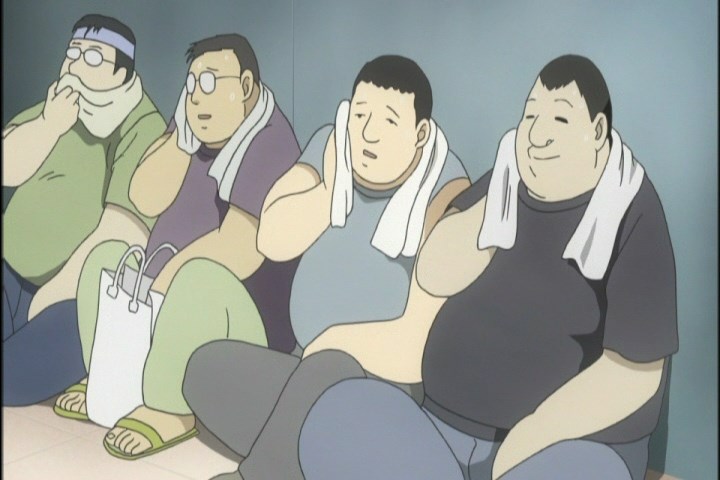Forming a Narrative
Continued from Part 3
When we see coverage of otaku from Western fan-media, and especially from Western mainstream media, it almost always has a particular slant to it. They’re portrayed as creepy, lonely, antisocial, often overweight, and always male. While this portrayal is often lampooned or outright averted in anime, manga, and other otaku media that depict otaku, the perspective is seen as realistic by those on the outside looking in. As a result, Western fans pick up on a very narrow, negative outlook on Japan’s otaku.
To them, “otaku” are creepy, lonely, antisocial men who love anime, manga, and games, especially those that involve young female characters, too much. Reinforced by critical otaku media like Welcome to the NHK and Ressentiment, and by ignorance or dismissal of celebratory otaku media like Genshiken and Comic Party, this is the prevailing Western perspective on otaku.
Politically, otaku have no immediate allies. Both ends of the spectrum can find reasons to vilify them, whether it’s for their refusal to “man up” and give up their hobbies to settle down with a family or for their perceived outlook on women, informed by their entertainment media choices and their refusal to date.
The narrative is powerful, even in Japan. When elementary school girl Kaede Ariyama was found sexually assaulted and murdered by Kaoru Kobayashi in 2004, the simple suspicion from one journalist that Kobayashi was a figure collector sparked a media firestorm similar to that which erupted after Tsutomu Miyazaki’s arrest.
Kobayashi was not a figure collector, but the damage had already been done, as police began to profile otaku as potential sex offenders, and the eroticism of otaku media came under increased scrutiny.
This isn’t to say that there aren’t socially-awkward, poorly-adjusted, or dangerous otaku. As with any microcosm of humanity, there exists a minority of dysfunctional outliers. From the men who carry around hug pillows to the maladjusted individuals who destroy character goods in effigy upon hearing news of their favorite voice actress getting married, the otaku community has plenty of bad apples.
In Service to a Narrative
When the portrayal of a community is dominated by the outliers of that community, it ceases to be a real portrayal. This is the core of the issue when people say that “otaku” is a bad thing in Japan. The representation of “otaku” that they draw from is askew. Ignored are the cosplayers, the doujinshi artists, the politicians, and the women, among many others. Ignored are works like Genshiken, with its sunny, celebratory outlook on otaku, in favor of works like Ressentiment, with its cynical, defeatist outlook. Ironically, people dismiss some works as unrealistic, but are quick to embrace other works and internalize their messages without a second thought.
When the prevailing narrative paints otaku as maladjusted at best and dangerous at worst, portrayals that don’t fit that description will seem unrealistic or idealized, regardless of how common they actually are.
This damages the overall discussion by starting it from a point that does not represent reality. In reality, otaku aren’t a convenient group that exists to be scapegoated. In reality, otaku are a diverse group of super-fans, and they deserve a fair shake.
Continued in Part 5



